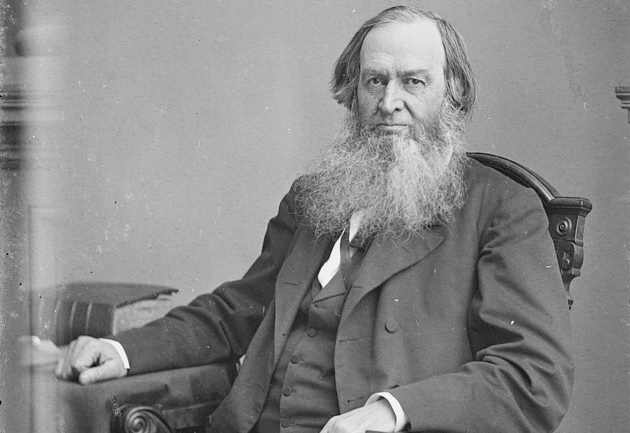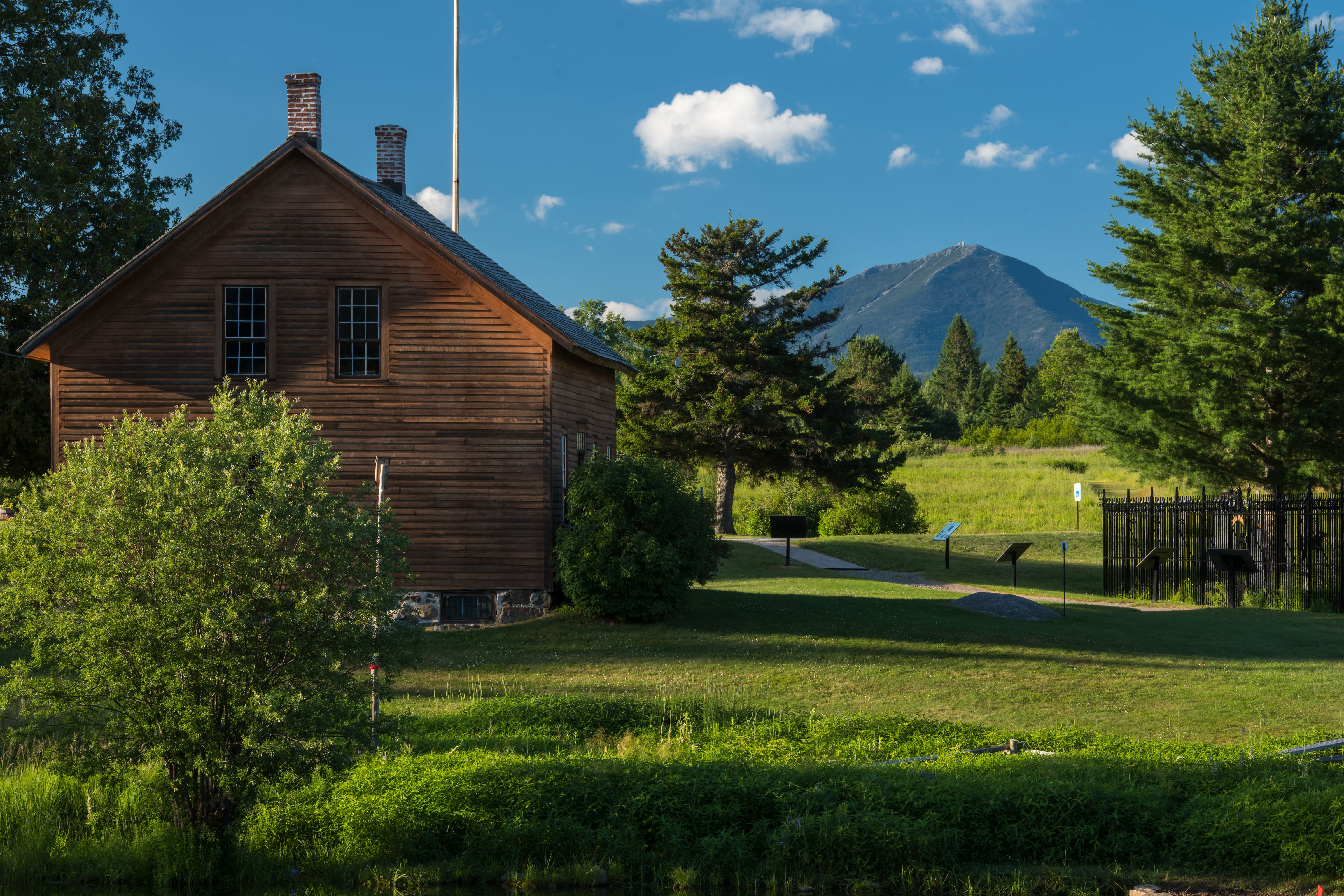When people think of the abolitionist movement of the 19th century, the vastly unsettled, uncompromising, and wild land of the Adirondacks is probably one of the last locations that come to mind. The Adirondacks were an attempted haven for African-American families, though the desolate terrain made it a tall task. The attempt and the people involved are nevertheless quite noteworthy. Gerrit Smith, an abolitionist and philanthropist, and legendary abolitionist John Brown (not to be confused with the John Brown who divided land in the western Adirondacks), divided 3,000 40 acre plots of land just outside of modern-day Lake Placid, in the town of North Elba, with the goal of creating an African-American settlement in the Adirondacks. This land, dubbed Timbuctoo by Brown, would prove to be a well-intentioned failure, but a noble experiment nonetheless.

https://www.adirondack.net/history/timbuctoo/
The motivation for the implementation of Timbuctoo stemmed from a New York law which stated that black New York men were only permitted to vote if they owned $250 worth of land. Starting in 1846, Gerrit Smith created a “scheme of justice and benevolence” which entailed of him transferring the ownership of a total of 120,000 acres of land to willing black families, who would receive 40 acres each. The hope was to pull families from the cities and teach them farming on a larger parcel of land the Adirondacks in hopes of them being able to vote. The “teacher” of farming was none other than John Brown, best known for his rebellion at Harper’s Ferry in modern day West Virginia. He was gifted a plot by Smith and intended to assist the new farmers in their daily toils. The new settlers likely would’ve struggled farming in any conditions as it was a new process to them, the fact that they were in the unforgiving Adirondacks with an uncleared plot of land just added to the nearly impossible task.

https://www.iloveny.com/listing/john-brown-farm-state-historic-site/1479/
Smith’s offer was taken up by numerous families, some of which claiming the land while staying in their original dwellings outside of Timbuctoo, which ultimately gave them the right to vote without the struggle of farming. Most of them who dared to start a new life in Timbuctoo gave up within a few years. The noble agriculture experiment of Timbuctoo was considered complete by 1855, only 9 years after Smith had begun offering land. The land was simply too rugged and for inexperienced farmers and they made their way back to more comfortable ways of life. The spirit of abolition in the Adirondacks lived on in the form of John Brown who would fight for freedom until he met his fate at the attempted raid on Harper’s Ferry. He was convicted of treason after the failed revolt, and ultimately hanged for his crime. His body was buried in North Elba, where his gravesite and farm are on display today. Though the experiment of Timbuctoo was ultimately a failure, it is a very interesting piece of the Adirondacks that is rarely heard of and something that would be otherwise unexpected in such a region.
Sources:

It is very interesting to see what was done here. I’ve definitely never heard of this before and I’m surprised as it seems like an extremely valiant effort to promote equality. It was awesome how some of the families claimed the land just so they would gain the rights but wouldn’t actually farm. It is truly a shame that something like this was done in such a terrible landscape for farming. It would’ve been a great success story if the land was something a little more agricultural friendly.